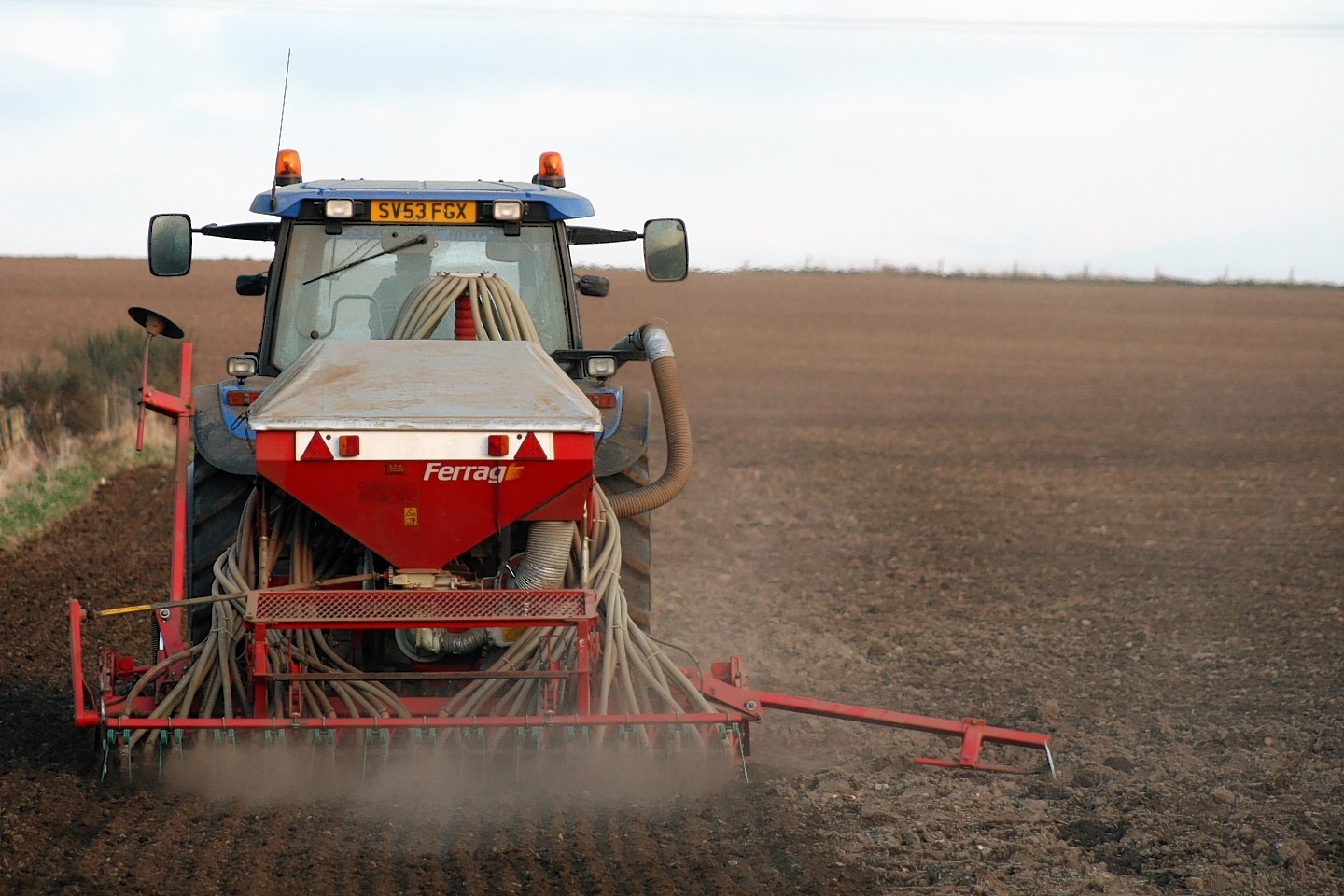The details of the Scottish Government’s proposals for ‘greening’ the new Common Agricultural Policy (Cap) have been slow to emerge and when they have broken cover they have not always met with acclaim.
The announcement last week outlining the rules governing the growing of nitrogen-fixing crops as part of the mandatory Environmental Focus Area (EFA) for each farm is an example in point.
The conditions were widely seen as so restrictive and unattractive that the option is unlikely to have much if any uptake.
That however takes nothing away from the reality that every farm in the country, with a few exceptions such as farms of less than 15ha and organic units, will need to set aside 5% of their arable area as an EFA.
The initial penalty for not complying will be the loss of 30% of the new Basic Payment Scheme which is dependent on implementing approved greening measures.
On the positive side the Scottish Government’s chosen method of communication to date, the Frequently Asked Questions (FAQ) website, is occasionally quietly updated with this week several new items added.
The options available, which can be used in combination, are narrowed down to fallow, buffer strips alongside water courses between two metres and 20 metres wide, field margins of between one metre and 20 metres wide, catch crops and growing nitrogen-fixing crops.
The last of these has of course been discredited in recent days.
For many, field margins and water course-related buffer strips will be attractive options.
They are weighted at 1.5, meaning for every hectare used a notional 1.5 hectares will be calculated as meeting the farm’s EFA obligation.
It seems that no agricultural production is allowed on either option although water margins can be cut.
Hedges and ditches can be included as part of a field margin but measuring these may be problematic.
Catch crops may prove popular although the weighting is only 0.3.
Sowing such a crop after the main season’s crop will depend on an early harvest but there could be agronomic benefits.
The rules dictate they can be established between March 1 and October 1 so the window is wide enough and a list of eligible crops has been published.
These can be sown in mixtures of two or more crops and include rye, vetch, phacelia, barley, mustard, oats, alfalfa and game cover mixtures.
NFU Scotland has been scrutinising every update to the Scot Gov website and has pointed out a problem with cover crops.
The general ruling is that all EFA measures “will certainly have to be in place by May 15 each year” but of course this would be impossible with the vast majority of cover crops not being sown until August or early September.
Some of course might be undersown which is allowable.
There also seems to be no guidance on how long a cover crop will have to stay in the ground.
Ground left fallow will have a weighting of one making it more attractive than nitrogen fixing crops at 0.7.
There is some confusion, however, over the length of time the land will have to be left fallow.
It is given as a minimum of six months but there is no indication as to whether it will be like the old set-aside rules which allowed fallow to be ploughed after July 15 in preparation for a following crop.
Even calculating the 5% EFA requirement for any one farm will need to be done with care.
Arable land is defined as the area claimed by a business which is land cultivated for crop production including areas of temporary grassland (up to five years old following an arable or break crop).
It includes land available for crop production but lying fallow but not organically farmed land.
There is little doubt most farmers will err on the safe side so as not to fall foul of inspections but without exception all will be looking for far clearer guidance.
